How Mushrooms are Grown
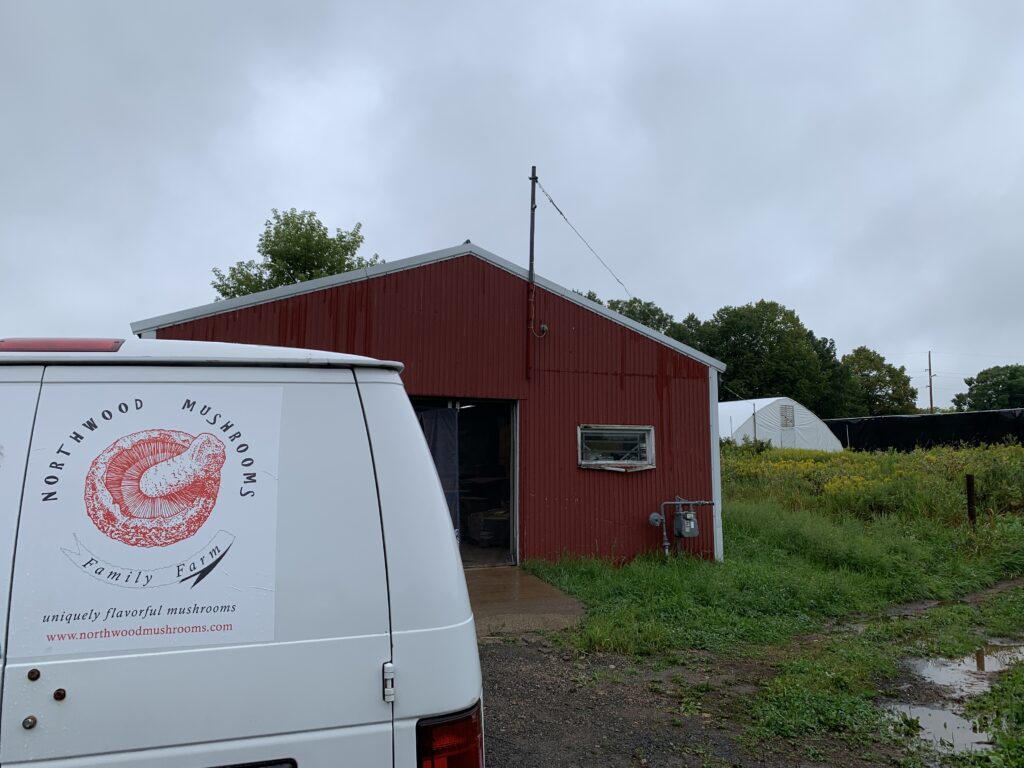
It’s well known that mushrooms are nutritious (and many of us certainly find them delicious), but have you ever asked yourself how mushrooms are grown? We often lump them in with other vegetables when talking about nutrition, even though mushrooms don’t come from plants like carrots or lettuce.
Not even a little bit.
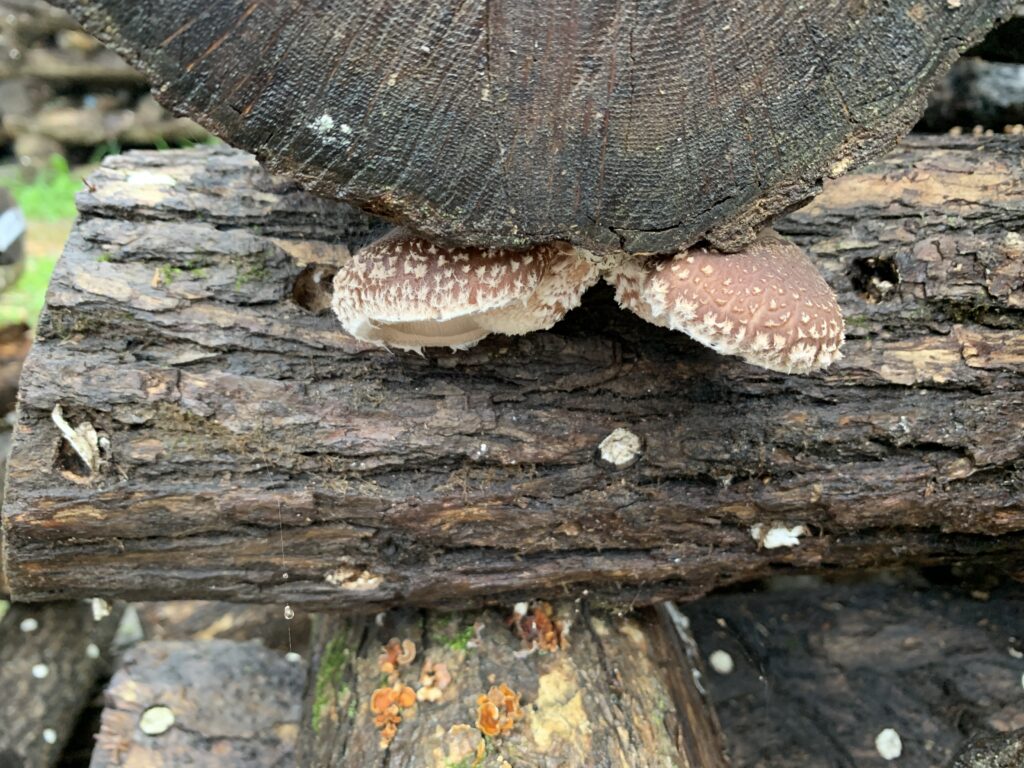
Mushrooms are fungi and require entirely different conditions to grow than plants. This means they also require different facilities and equipment to grow commercially. To learn more about how mushrooms are grown, we took a drive out to Clayton, WI to visit Northwood Mushrooms.
A Growing Passion
When we pull up to the farm the air is warm and dense, charged with the moisture of early morning rain. Enclosed within a ring of dark pine and majestic oak, the farm is a tidy patch of lush greenery amidst the endless fields of corn. Growers Aimee and Jeremy walk the farm with the assurance of folks who’ve been working the land for a decade. As with all good farmers, they know the ins and outs of everything in their domain. It’s a bit of surprise to learn the McAdams have only been here since 2016.
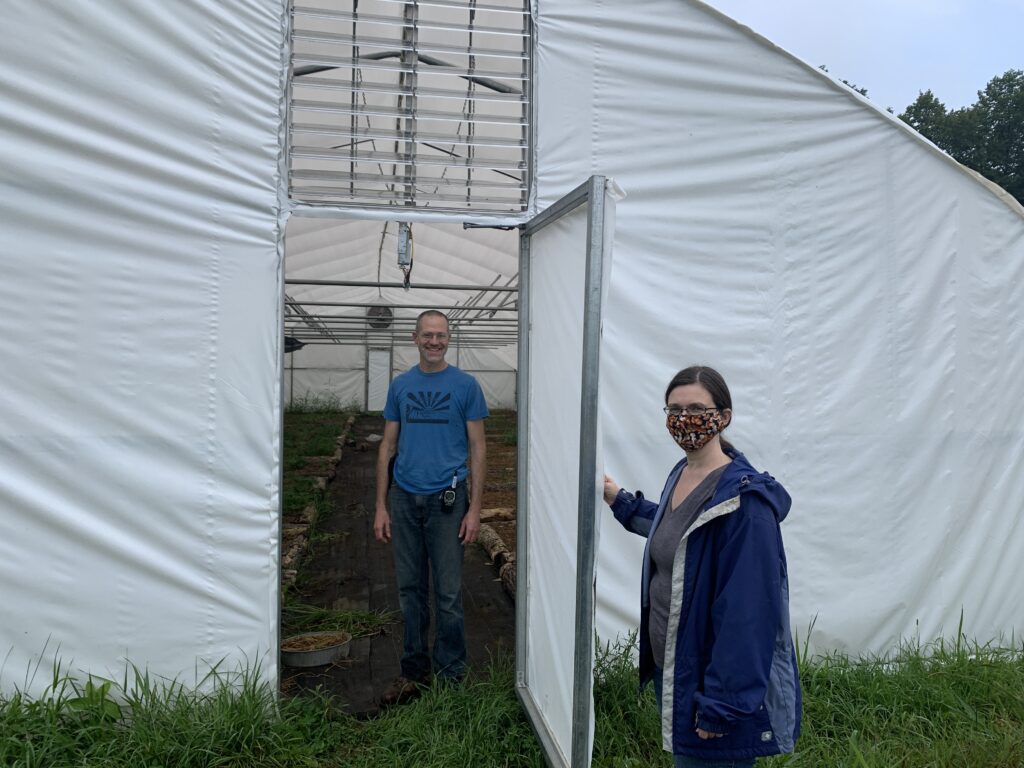
Northwood sprang from a passion for foraging. Once upon a time, Jeremy and Aimee lived in Minneapolis. They enjoyed supplementing their pantry with various plants and mushrooms they could find in nearby parks. Realizing that their passion could be developed into a business model, they embarked upon the journey that brought them out to this idyllic spot of woodland. They knew that land is more affordable and the climate ideal in this part of Wisconsin. But they wouldn’t be so removed from the Twin Cities that they couldn’t personally deliver their products and in so doing build relationships with their customers.
How to (intentionally) grow a mushroom
If you’ve spent time in the woods, you’ve likely seen a mushroom. Perhaps it was the broad, half-disc of an artist’s conk growing from a tree (like a Frisbee embedded in the trunk). Maybe you’ve spotted a fly agaric pushing its off-white toadstool head through the loam. If you’ve been unfortunate, you might have discovered a mushroom growing in your home (as happened once to the author).
Mushrooms grow from fungal spores that thrive in damp, dark conditions. They require a medium that is high in decaying plant matter. They often spring directly from dead trees. Plants, on the other hand, grow from seeds and require plenty of sun and soil, and don’t do well in overly damp environments.
In short, mushrooms can’t be farmed in the same manner as your other veggies. Unfortunately, a farmer can’t simply plant mushrooms on their farm. They first need to invest in proper equipment and facilities. On the plus side, mushroom farming requires relatively little space. Mushrooms can spring up in dense clusters, and since they don’t require sunlight, can be grown indoors and on shelves. As a result, mushrooms have become popular with urban farmers. Warehouses, former industrial spaces, even basements can become excellent mushroom farms.
The most common method for growing mushrooms is inside large plastic bags filled with sterilized sawdust and wood chips. These bags retain moisture and help replicate natural conditions. But of course this method leaves behind a lot of plastic waste. Food safety guidelines restrict the reuse of the bags. Old bags are at best recycled, and new bags drive up costly plastic production. Sterilization and climate maintenance also require a lot of energy.
A New (Old) Way
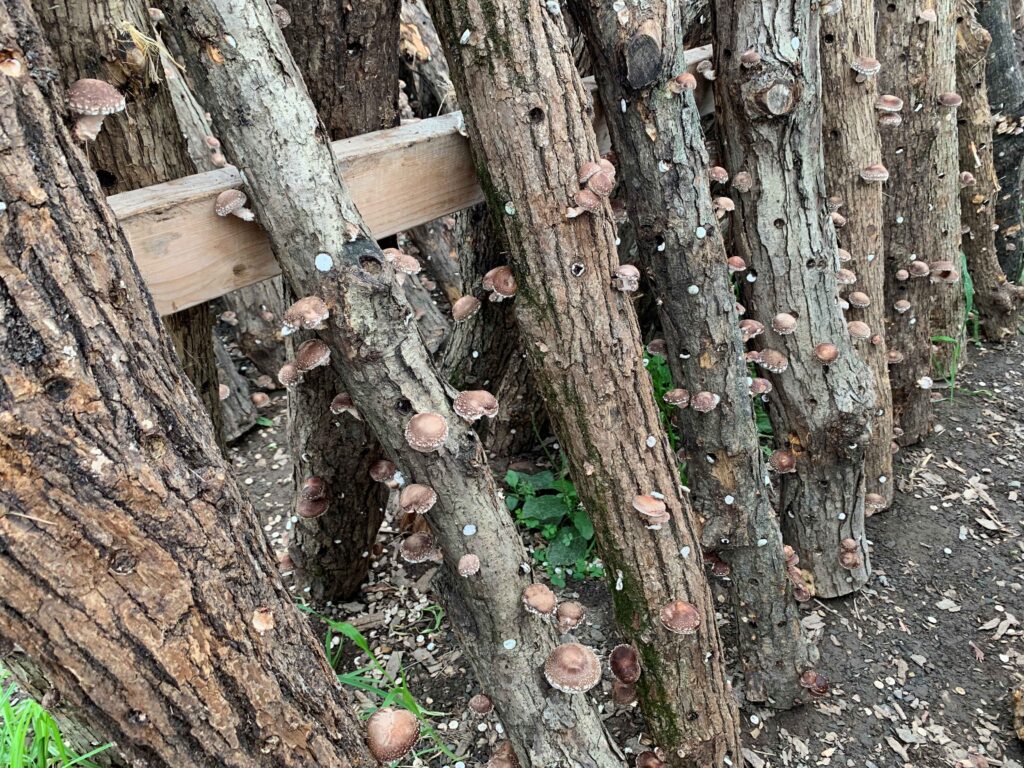
Northwood grows mushrooms using a method that’s been used around the world for hundreds, if not thousands of years: log growing. It’s been around in China for centuries, though there is evidence that it’s been around for much longer. (https://practicalfarmers.org/wp-content/uploads/2020/01/Growing-and-Selling-Shiitake-Mushrooms-Levine.pdf).
Logs provide a growing medium that is naturally sterile and, when responsibly sourced, is also sustainable and self-replenishing.
First step is selecting and cutting logs. Any type of hardwood works, though growers have found that young oak produces the highest yields. Taste tests have shown that different trees can have subtle effects on flavor. For example, bitternut hickory logs yield mushrooms with a “spicy flavor.” (https://www.uvm.edu/sites/default/files/media/ShiitakeGuide.pdf)
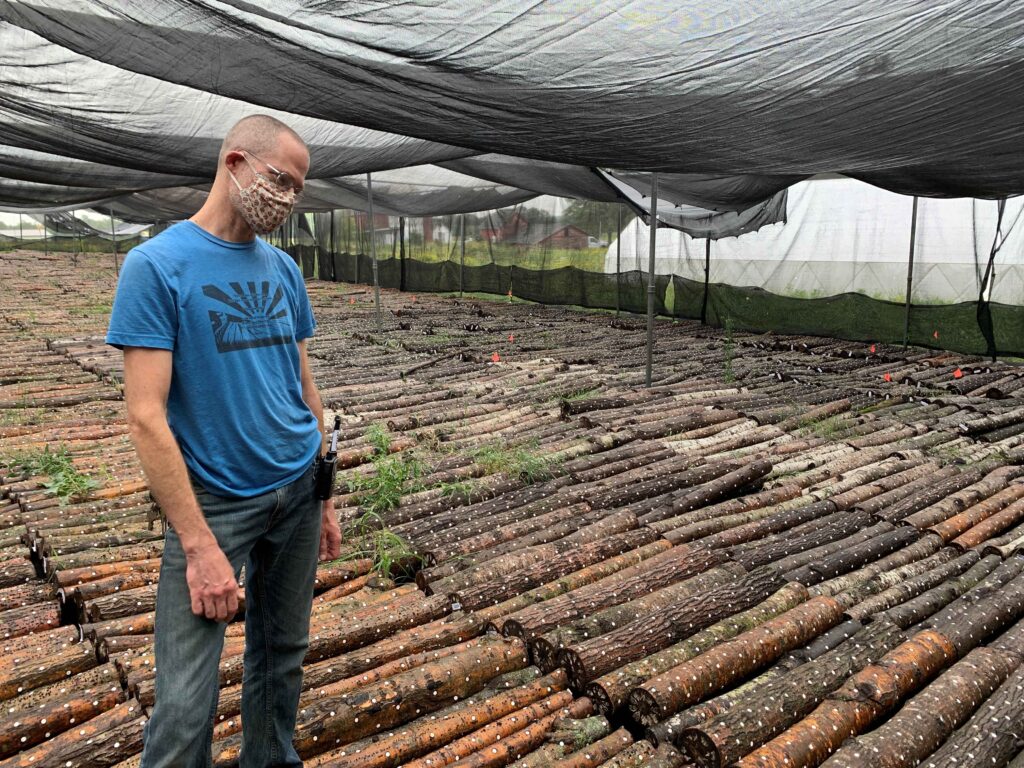
At Northwood, sourcing involves reaching out to neighboring farms or the forest service to see if anyone has woods that need thinning, which encourages forest health and growth. In exchange for cutting down the trees, Jeremy and Aimee are able to get all the logs they need free of charge. This keeps costs down while also helping sustain and replenish local green spaces.
Cut logs (called bolts) are injected with a bit of mushroom mycelium and sawdust to create the colony. The mycelium is embedded into the outer layer of the log known as the sapwood. This layer is soft and moist, perfectly suited for mushroom growth.
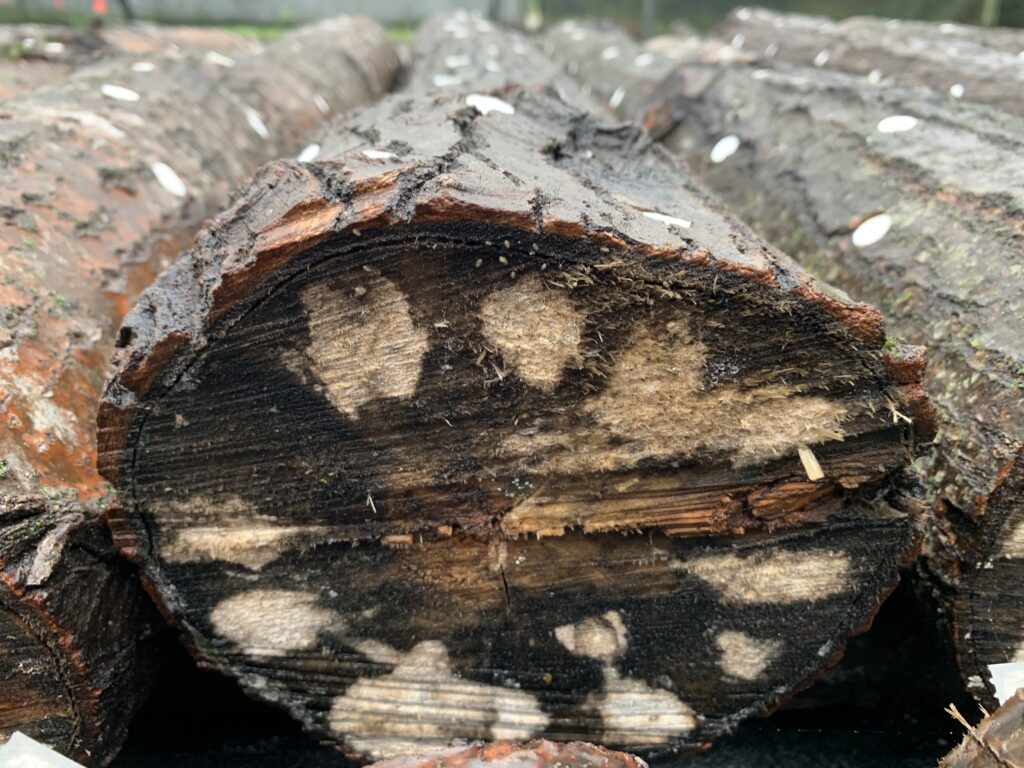
This process is called inoculation. It can be done by hand with drills and hammers, but pneumatic devices built for inoculation greatly speed up the process. Northwood used to inoculate by hand, but in 2018 were able to purchase an inoculater with help from the Lakewinds Organic Field Fund Grant (LOFF). The new device increased the number of logs they were able to inoculate per day from 62 to 150.
With the mycelium now implanted deep into the bolts, the next step is finding an ideal spot to let nature get to work. Next to their packing shed, Jeremy and Aimee have a vast tented space filled with tidy stacks of logs. Crib stacks (as they’re called in the business) allow for proper air ventilation and make it easy to harvest mushrooms no matter where on the bolt they spring up.
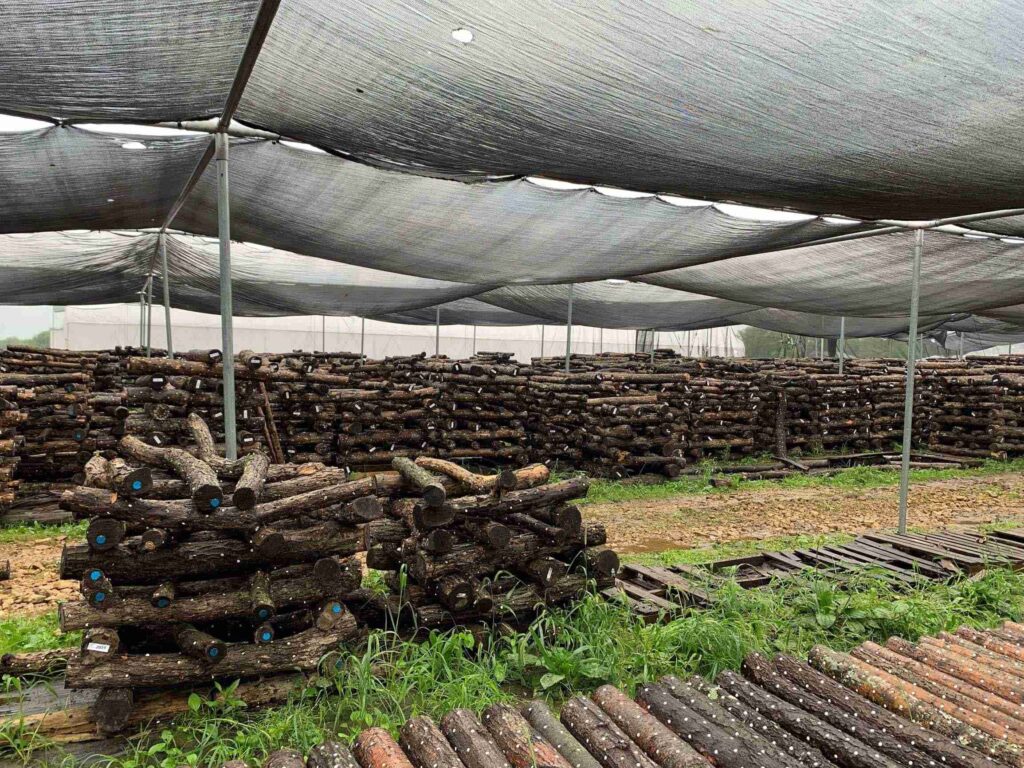
Under the tent, the air is cool, damp, and dense—like a wet basement, perfect for fungal growth. Unlike a wet basement, however, the fungal growth here is entirely welcome!
Inoculated bolts can start fruiting after 8 months, but the process can be sped up by soaking them for a day or two. Forced fruiting is called shocking, and it works particularly well for shiitakes. Northwood shocks all of their shiitakes bolts to guarantee they’ve got crops of mushrooms to harvest throughout the growing season.
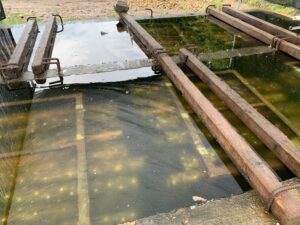
Lion’s mane, and shiitakes, and nameko (oh my!)
Passing down the aisles, Jeremy and Aimee point out any growths with eyes laser-focused on the task. Their dutiful farm cat, Spore, patrols the tent alongside us, making the rounds into the deep cubbies and crevices out of human reach. Her role is to keep out all the critters that like to nibble on the crops.
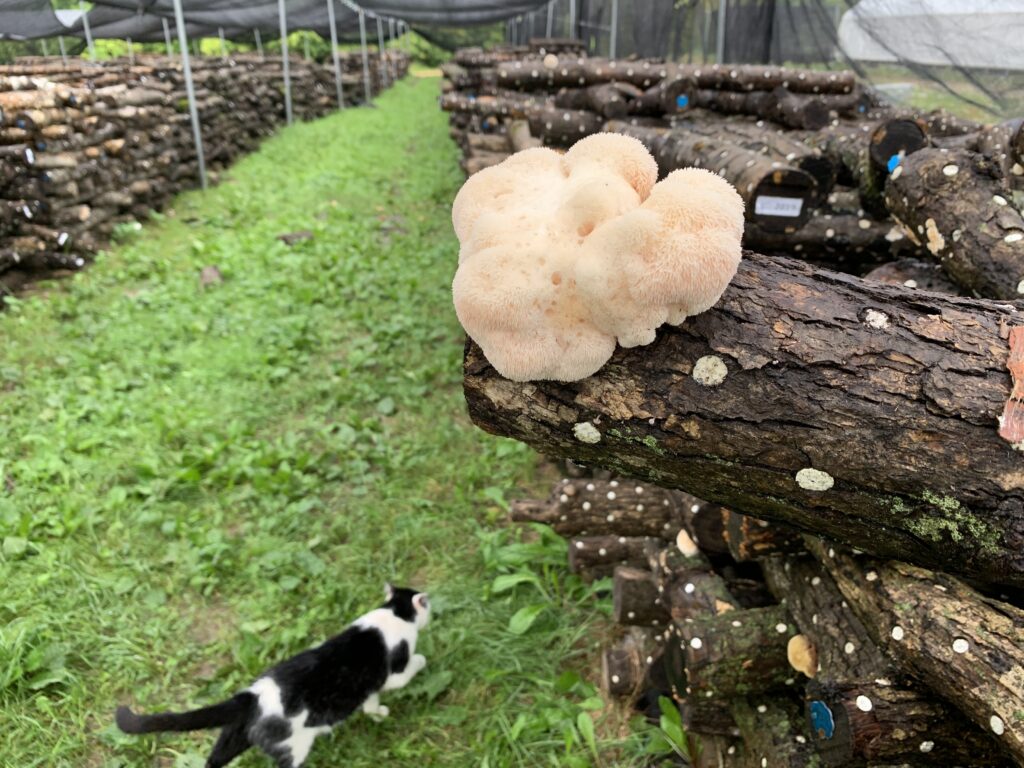
We’re here to see how Northwood grows the delicious shiitakes they provide to Lakewinds, but the McAdams are happy to point out growths of lion’s mane and oysters as well. They even walk us through the tent where they grow fresh nameko mushrooms. Instead of on logs, these are grown in traditional beds filled with sterilized sawdust and compost.
All of the varieties Northwood grows are available through their wonderful farm share CSA. You can buy Northwood shiitakes and Porcini Pate at your local Lakewinds.
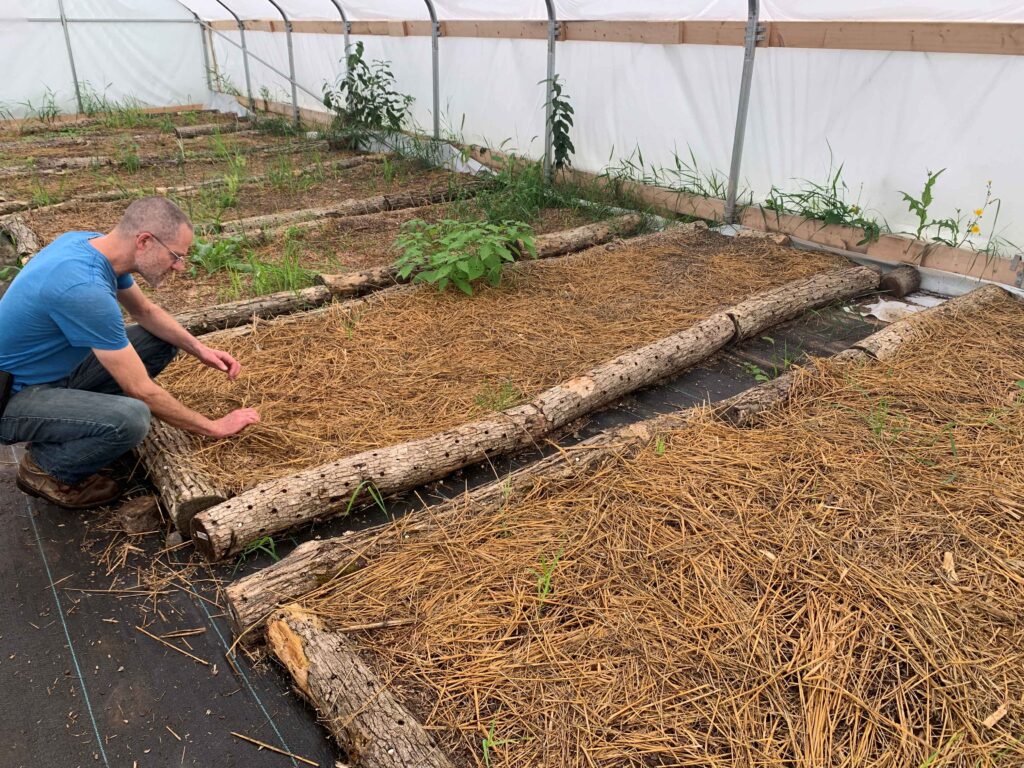
Edible Fungi
Shiitakes are one of the world’s most popular mushrooms, and with good reason. They’re smooth and nutty, with a versatility matched only by porcinis. Throw them in stir fries and soups. Saute them in butter or oil and serve atop fresh toasted bread. They’re also perfect for omelettes and scrambled eggs. Check out our favorite recipe for wild mushroom risotto (a perfect dish to showcase whatever you get in your Northwood CSA box).
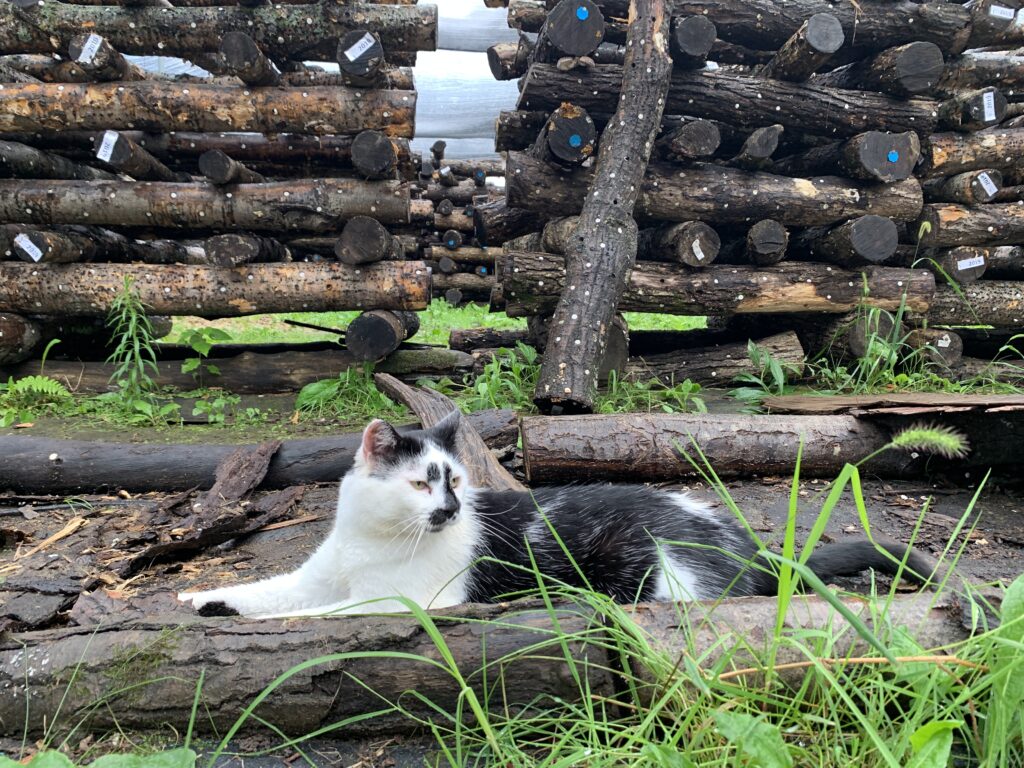
Damp and cloudy is fitting weather for a mushroom farm tour, but as we’re saying our goodbyes the clouds open up to reveal the sun. Within moments the dense, humid air heats up. We’re not entirely disappointed to hop into the cool car, though we’re sad to see the farm in the rear-view mirror. It was a wonderful tour, hosted by two kind, passionate growers. Our farewell conversation involved favorite uses for mushrooms in the kitchen, and we spend the drive back to the Twin Cities daydreaming about dinner tonight.
